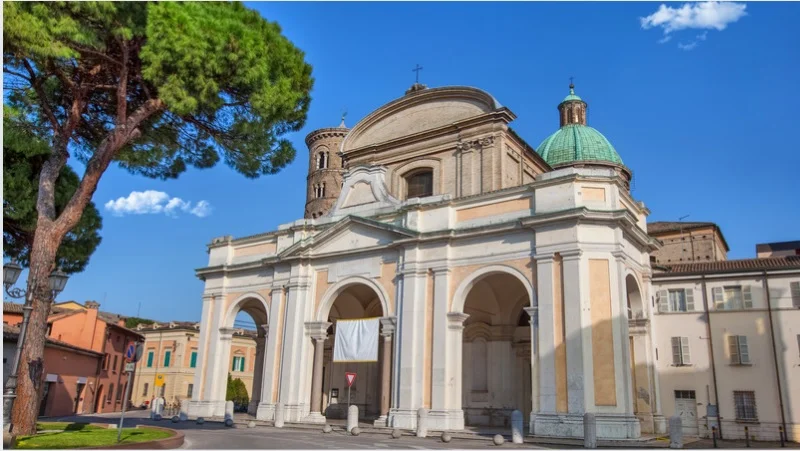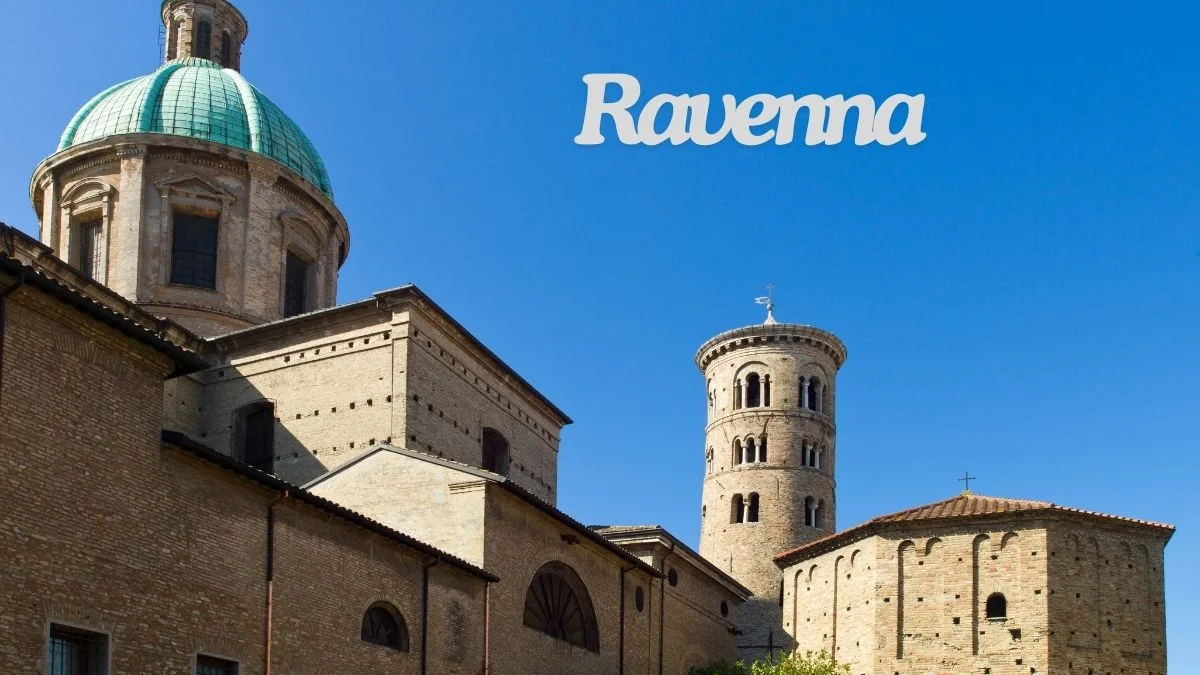The term “Ravennati” refers to the people of Ravenna, a city in the Emilia-Romagna region of Italy, known for its rich history, cultural heritage, and stunning mosaics. Ravenna’s unique blend of art, history, and architecture makes it a significant city in Italy and the world. This article delves into the historical and cultural essence of the Ravennati, tracing their origins, evolution, and contributions to the city’s storied past.
Early Settlements and Roman Influence
Ravenna’s history dates back to its initial settlement by the Umbri people. In 89 BC, the city came under the control of the Roman Republic, marking the beginning of a significant transformation. The Roman influence on Ravenna was profound, as evidenced by the construction of vital infrastructure and the establishment of the military harbor of Classis by Octavian. This harbor played a crucial role in enhancing Ravenna’s strategic importance, turning it into a bustling seaport on the Adriatic.
Under Roman rule, Ravenna prospered, becoming an essential part of the empire’s naval operations. The city’s strategic location and well-developed harbor facilitated trade and military expeditions, contributing to its growth and prosperity. The Ravennati of this era experienced a period of economic and cultural flourishing, setting the stage for Ravenna’s future prominence.
The Capital of the Western Roman Empire
In 402 AD, a significant shift occurred when Western Roman Emperor Honorius moved his court from Mediolanum (modern-day Milan) to Ravenna. This move was driven by Ravenna’s strategic advantages, including its defensible position surrounded by marshes and its proximity to the Adriatic Sea. Ravenna then served as the capital of the Western Roman Empire for most of the 5th century, a period marked by political intrigue and cultural achievements.
During this time, Ravenna witnessed the construction of magnificent buildings adorned with intricate mosaics, reflecting the city’s status and wealth. The Ravennati played a crucial role in the development and preservation of these artistic treasures, which continue to attract admiration from around the world. The Basilica di San Vitale, the Basilica di Sant’Apollinare Nuovo, and the Mausoleo di Galla Placidia are prime examples of the city’s architectural and artistic achievements.
The Ostrogothic and Byzantine Periods
Following the fall of the Western Roman Empire, Ravenna became the capital of Odoacer, the first King of Italy. However, Odoacer’s reign was short-lived, as he was defeated by the Ostrogothic king Theodoric the Great in 493 AD. Theodoric established his capital in Ravenna, ushering in a period of relative stability and prosperity. The Ravennati of this era experienced a blend of Roman and Gothic influences, reflected in the city’s architecture and culture.
One of the most notable contributions from Theodoric’s reign is the Mausoleo di Teodorico, a Gothic, circular stone tomb built in the 6th century for the king. This monumental structure, with its distinctive monolithic dome, symbolizes the unique fusion of Roman and Gothic architectural styles that characterized Ravenna during this period.
In 540 AD, Ravenna was conquered by the Byzantine general Belisarius, bringing the city under the control of the Byzantine Empire. As the capital of Byzantine Italy, Ravenna flourished once again, becoming a center of art and culture. The Ravennati contributed to the creation of stunning mosaics that adorn the city’s churches and monuments, showcasing the rich heritage of Byzantine art.

Lombard, Papal, and Italian Rule
Ravenna’s strategic importance made it a coveted prize for various powers throughout history. After a brief period of Lombard control, the city came under the authority of the Papacy. For centuries, save for minor interruptions, Ravenna remained part of the Papal States, contributing to the religious and cultural development of the region. The Ravennati continued to preserve and enhance their city’s artistic and architectural heritage, ensuring its legacy for future generations.
In the mid-19th century, Ravenna was incorporated into the newly unified Kingdom of Italy. This transition marked a new chapter in the city’s history, as the Ravennati embraced modernity while cherishing their rich cultural heritage. Today, Ravenna is a vibrant city that seamlessly blends its historical past with contemporary life, attracting tourists and scholars from around the world.
Cultural Legacy and Contemporary Significance
The cultural legacy of the Ravennati is deeply intertwined with Ravenna’s historical and architectural heritage. The city’s mosaics, recognized as UNESCO World Heritage Sites, are a testament to the artistic achievements of the Ravennati across different historical periods. These masterpieces, characterized by their vivid colors and intricate designs, offer a glimpse into the city’s glorious past and the enduring creativity of its people.
Ravenna’s contemporary significance extends beyond its historical treasures. The city is a hub of cultural activities, hosting festivals, exhibitions, and events that celebrate its rich heritage. The Ravennati continue to play a vital role in preserving and promoting Ravenna’s cultural identity, ensuring that their city’s legacy remains vibrant and relevant in the modern world.
Conclusion: Ravennati
The Ravennati, the people of Ravenna, have played a crucial role in shaping the city’s history, culture, and identity. From the early settlements of the Umbri people to the Roman Republic’s influence, from the Western Roman Empire’s capital to the Byzantine and Papal rule, the Ravennati have contributed to the city’s rich tapestry of heritage. Their enduring legacy is reflected in Ravenna’s stunning mosaics, architectural marvels, and vibrant cultural life.
As we explore the history and heritage of the Ravennati, we gain a deeper appreciation for the resilience, creativity, and dedication of the people who have called Ravenna home for centuries. Their contributions have left an indelible mark on the city’s identity, making Ravenna a true gem of Italy’s cultural and historical landscape.









